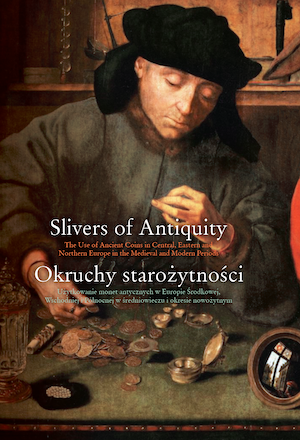FINDS OF ANCIENT COINS IN MEDIEVAL AND EARLY MODERN CONTEXTS IN THE CZECH REPUBLIC AND SLOVAKIA / ZNALEZISKA MONET ANTYCZNYCH W KONTEKSTACH ŚREDNIOWIECZNYCH I WCZESNONOWOŻYTNYCH
NA TERENIE REPUBLIKI CZESKIEJ I SŁOWACJI
FINDS OF ANCIENT COINS IN MEDIEVAL AND EARLY MODERN CONTEXTS IN THE CZECH REPUBLIC AND SLOVAKIA
Author(s): Jiří Militký
Subject(s): Anthropology, Archaeology, Cultural Anthropology / Ethnology
Published by: Wydawnictwa Uniwersytetu Warszawskiego
Keywords: ancient coins; medieval period; graves; hillfort; collecting
Summary/Abstract: The paper provides an overview of Celtic, Greek, and Roman coins found in Bohemia, Moravia, and Slovakia in contexts of the 8th to 17th centuries. In the Early Middle Ages, coins can be found both in graves and in hillforts. However, only the graves can be considered as certain archaeological contexts. The function of these coins was clearly non-monetary – in most cases they were used as ornaments; from the 9th century on we cannot exclude their symbolic use as the ‘obol of the dead’. In 11th century cemeteries, ancient coins are completely absent. From the 12th century on, these coins were mostly regarded as curious artefacts. An exceptional case is their employment as a foundation offering in a 13th century church in Staré Město u Bruntálu. Beginning in the Late Middle Ages, ancient coins gained a new social function – with the ever deepening interest in Antiquity that is characteristic of this period, they became sought by collectors and thus objects of commerce.
- Page Range: 221-262
- Page Count: 42
- Publication Year: 2020
- Language: English, Polish
- Content File-PDF

